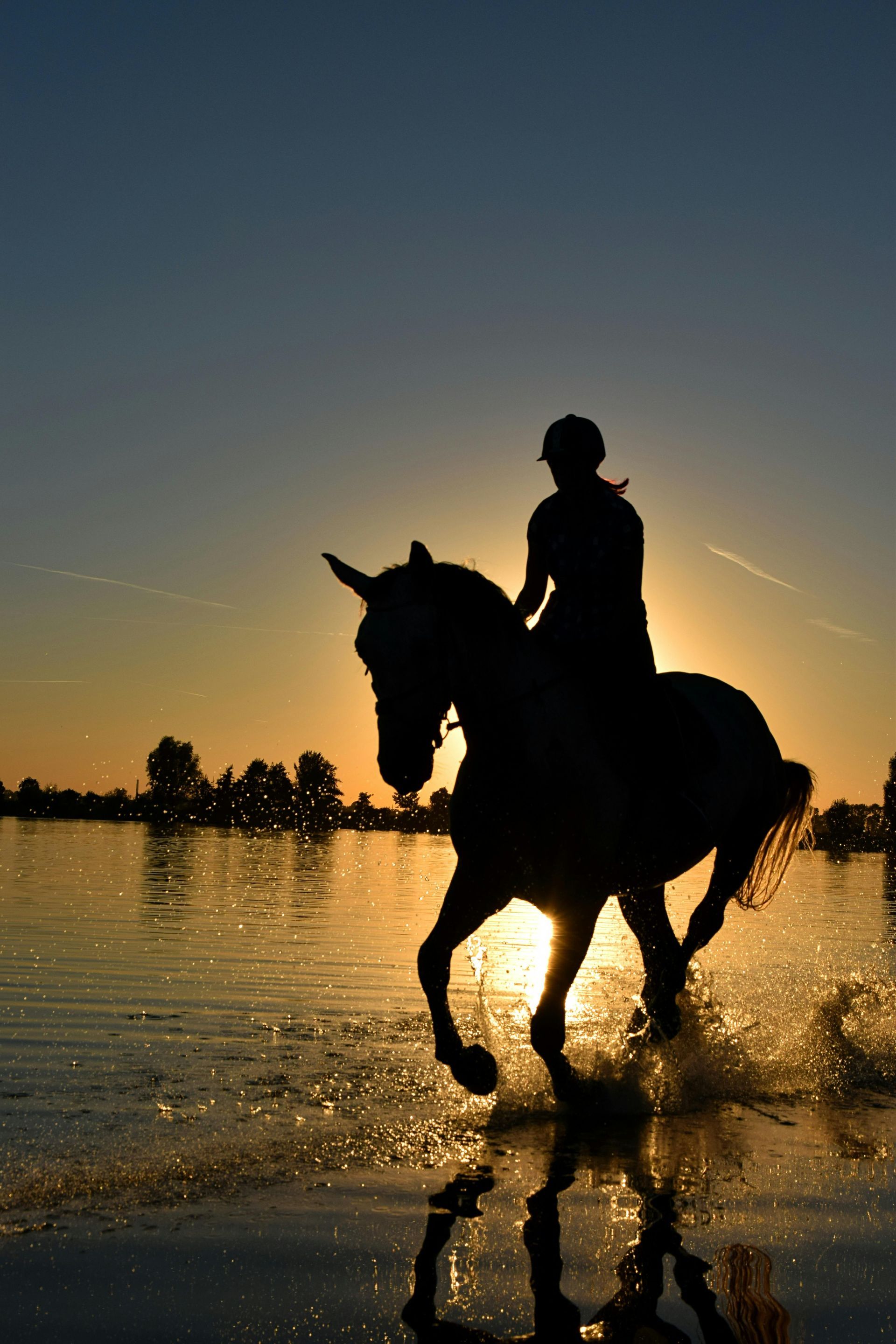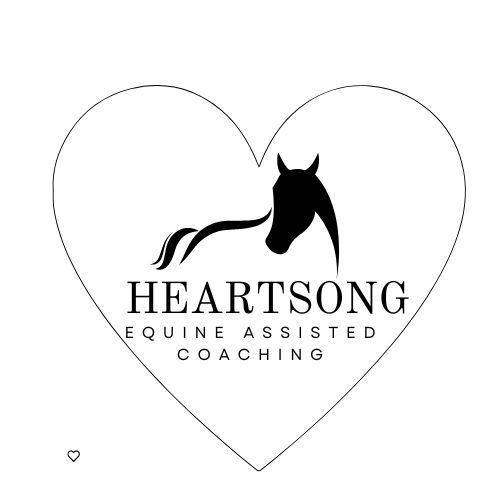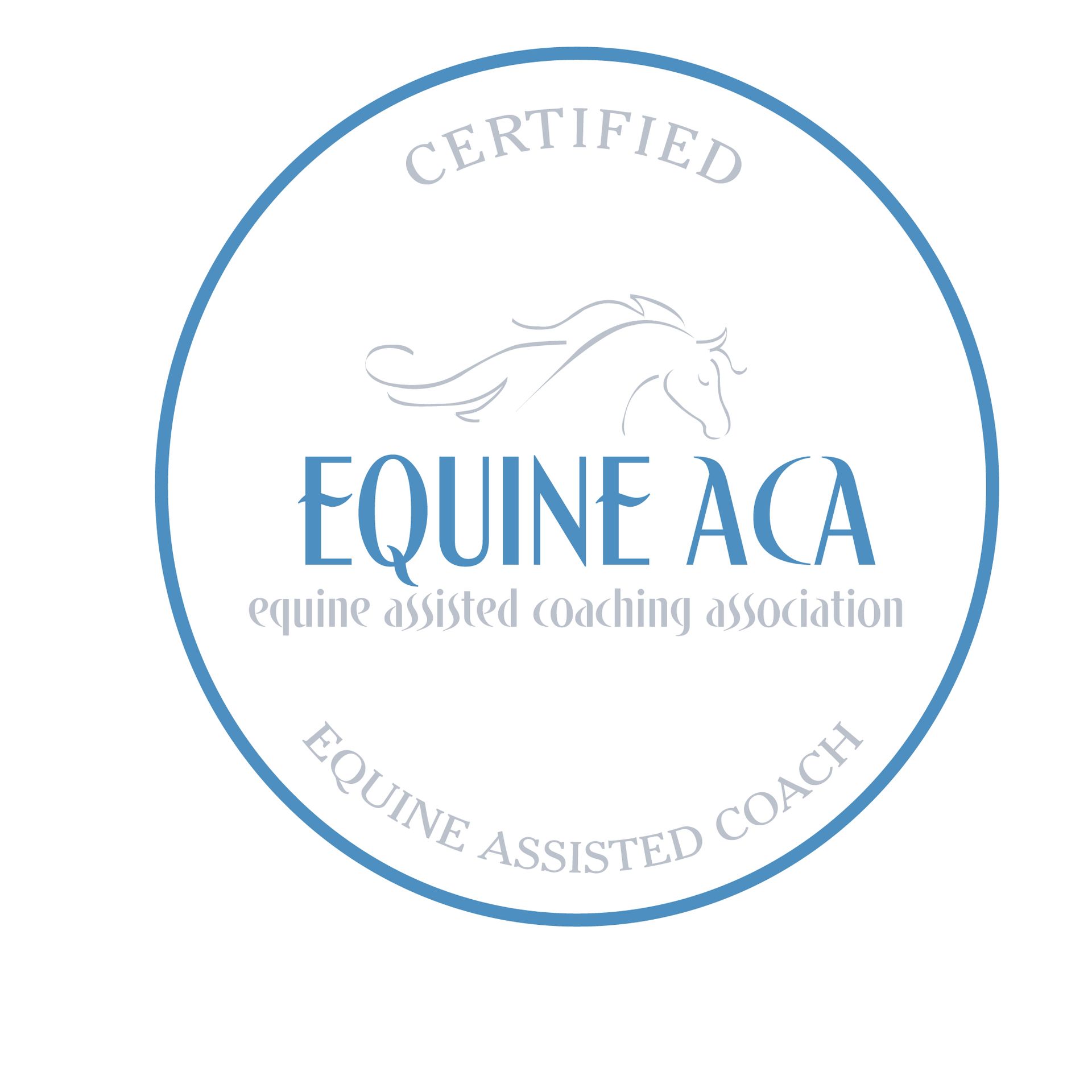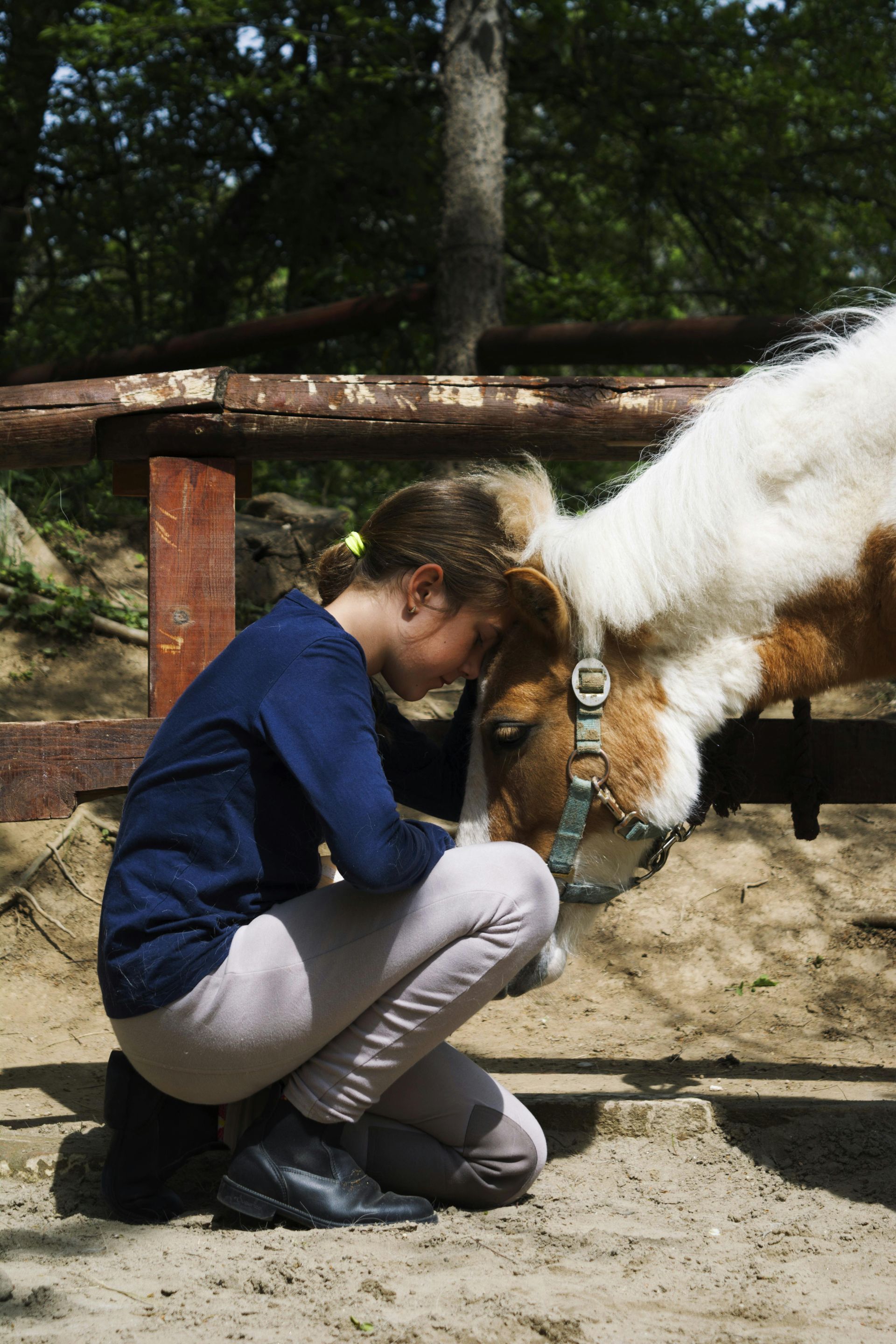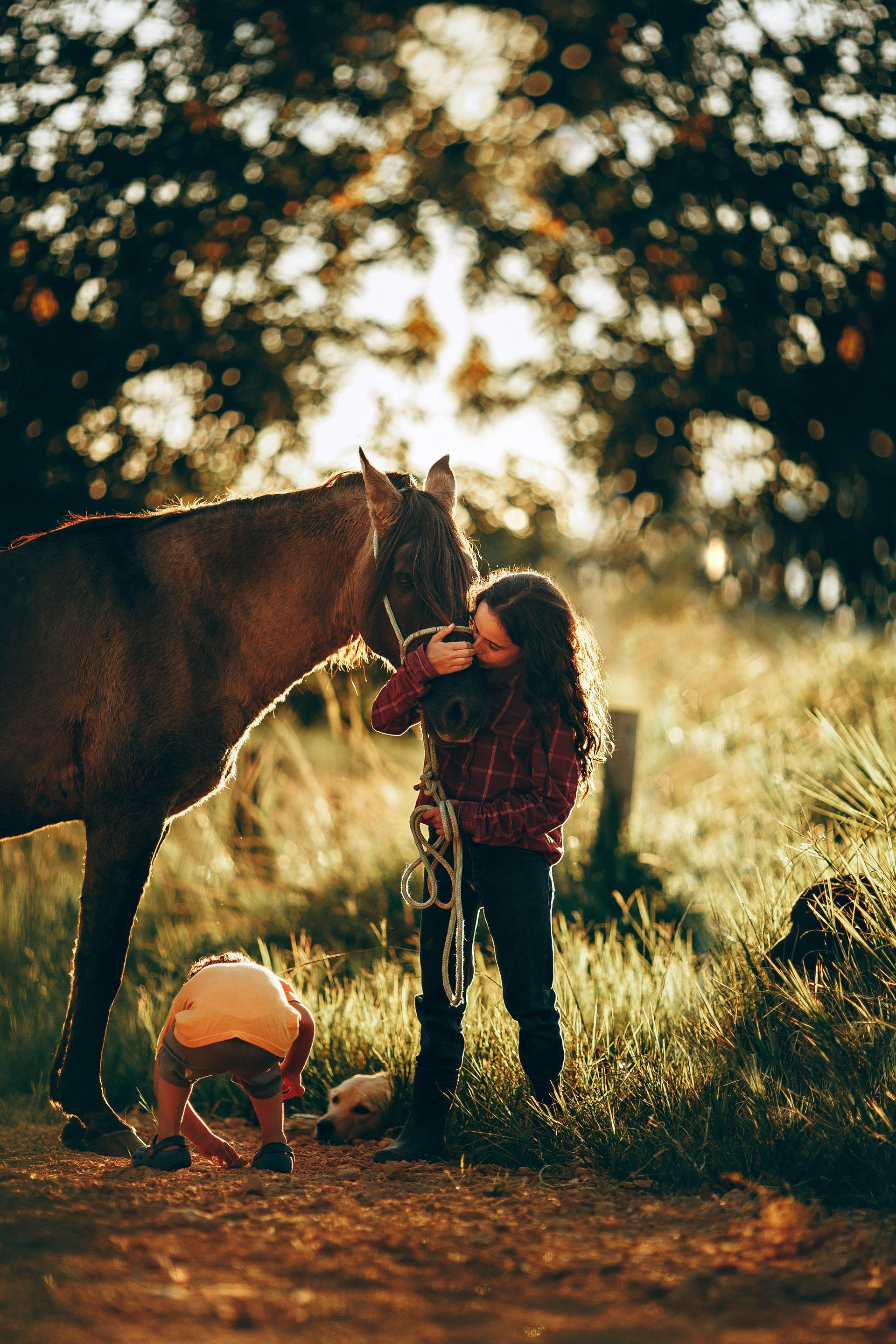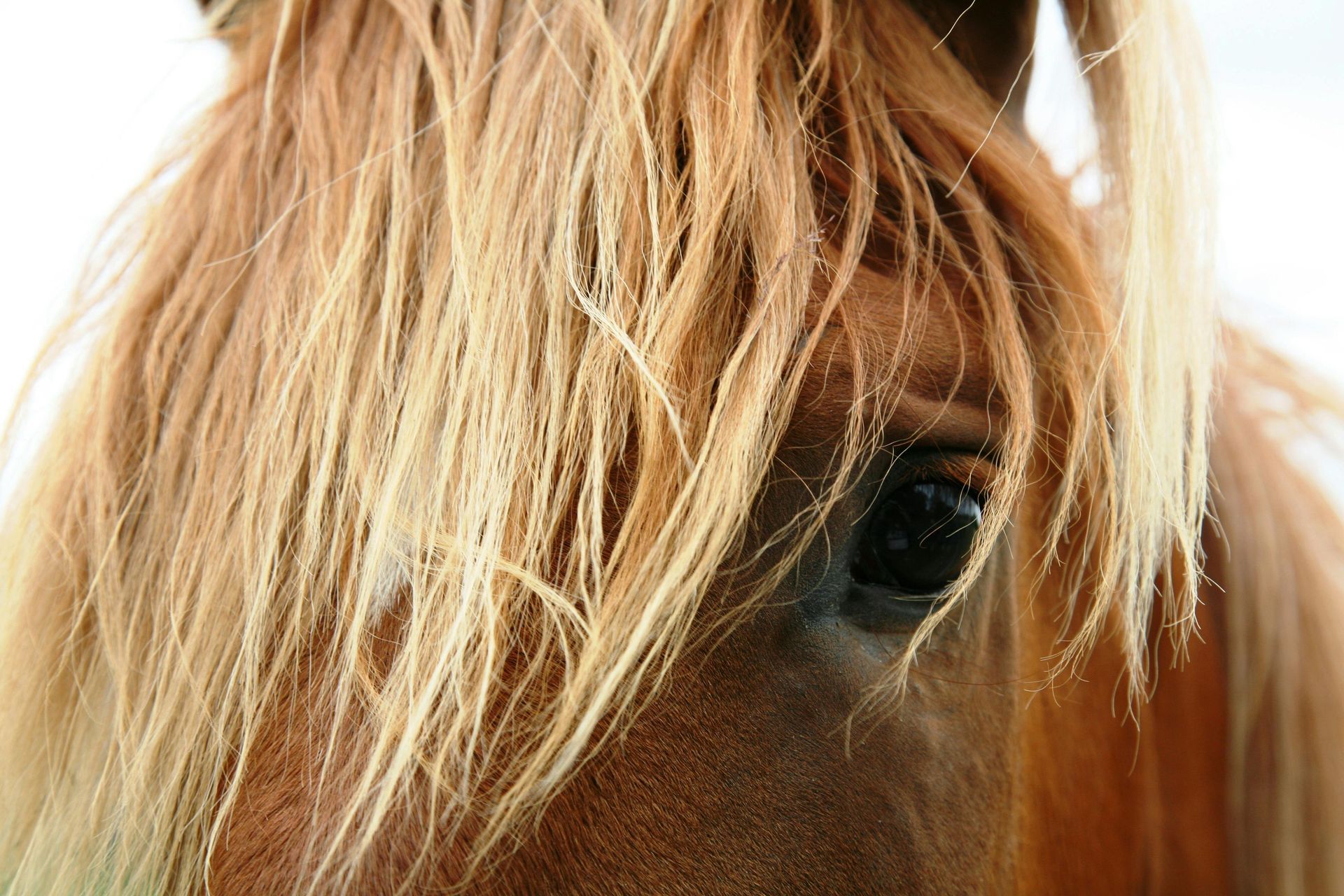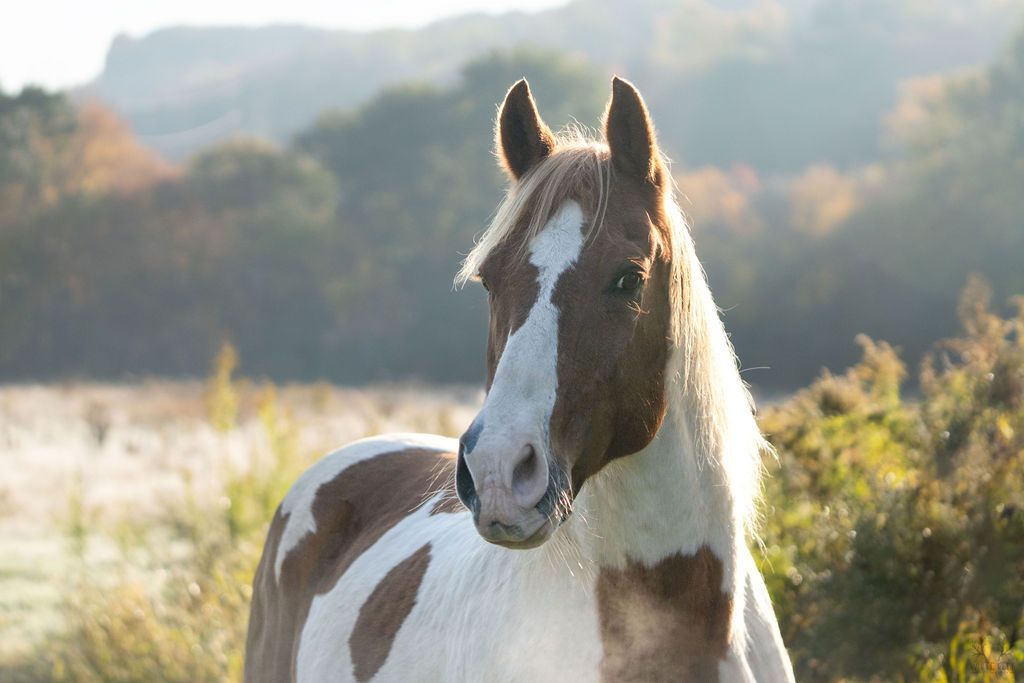Horseplay: Helping Young People Interpret Their World With Horses
Providing Safety Through Symbolic Representation.
For children, play isn't just fun – it's how they understand and process the world. A significant part of my equine coaching approach with kids leverages this fundamental aspect of childhood, as I utilize “Indirect Expression” with horses. Similar to how children (and sometimes adults) use puppets, stories, or miniature toys to symbolically represent their thoughts and real-life experiences, equine coaching offers a unique and powerful way for young people to navigate their inner worlds, overcome challenges, and build resilience. Instead of direct conversation, which can sometimes feel daunting or pressured, I leverage the incredible sensitivity and non-judgmental nature of horses to create a safe space for self-discovery and growth.
How "Indirect Expression" Works
Through carefully designed or spontaneous interactions with the horses, children and teens are encouraged to explore their experiences, thoughts, and emotions indirectly. The horse effectively becomes a mirror for their world, reflecting back what the participant is grappling with in a way that feels safe and non-threatening. They can express themselves at their own pace, without any fear of judgment or pressure.
The horse also serves as a powerful symbolic representation. By observing the interaction between the participant and the horse, the horse can reflect and provide support for different aspects of their own experiences, thoughts, or emotions. For instance, a shy teen might choose to see the horse as embodying courage, helping them explore what it feels like to be brave, or a young person struggling to "rein" in their impulses, thoughts, or behaviors can practice this control through their interaction with the horse.
These hands-on, interactive experiences with the horses allow participants to represent their inner world, perhaps by guiding the horse through an obstacle course that symbolizes a challenge they face. Through this tangible interaction, they can begin to process and reframe complex emotions and thoughts, changing negative narratives into positive ones and creating new solutions and perspectives. As they work with the horse to navigate scenarios, they are essentially "trying out" new solutions to their real-life challenges. This hands-on problem-solving empowers them to feel more capable and in control, leading to more positive thoughts, emotions, behaviors, and actions in their daily lives.
One of the most profound benefits of this indirect approach is the opportunity for young people to truly understand and accept their feelings. Horses react authentically and immediately to human emotions and body language, providing non-judgmental feedback. This unique mirroring helps participants recognize their own emotional states in a concrete way. As they learn to understand how their feelings impact the horse's behavior, they gain insight into their own emotional responses, leading to better emotional regulation and overall well-being. This acceptance of their feelings is a foundational step towards healthier emotional management.
These interactive experiences are a form of therapeutic play, fostering mastery and resilience. As participants experiment with different approaches and find ways to make situations with the horse "different" and more positive, they gain a powerful sense of mastery over challenges they may be experiencing. This process directly contributes to building resilience by teaching them effective ways to cope with stress, healthy strategies for managing their emotions, and adaptive coping mechanisms that they can carry forward into all areas of their lives.
In essence, "Indirect Expression" harnesses the unique therapeutic power of horses to help kids and teens unlock their potential, find their voice, and develop the inner strength to thrive.
